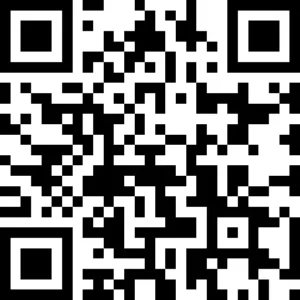What are the symptoms of homocystinuria?
People with homocystinuria may experience a range of symptoms, including:
- Vision problems, such as lens dislocation
- Unusual body shape, including long limbs
- Learning difficulties or delays
- High levels of homocysteine in the blood
- Increased risk of blood clots
What causes homocystinuria?
Homocystinuria is caused by a mistake in the genes that help break down the amino acid methionine. This means the body cannot process certain proteins properly, leading to a build-up of homocysteine.
How common is homocystinuria?
Homocystinuria is very rare, affecting about 1 in every 200,000 to 300,000 people. It can occur in any country or ethnic group.
Who is more likely to get homocystinuria?
This condition is usually inherited, meaning it runs in families. If a parent has the gene for homocystinuria, their children may have a higher risk of developing it.
How can I treat homocystinuria?
Treatment for homocystinuria usually involves:
- Taking vitamin B6 and other supplements
- Following a special diet low in methionine
- Medication to reduce homocysteine levels
Powered by pharmacies
With over 1,700 pharmacy partners across the UK, you can get the help you need, wherever you are based.
Our website and mobile app make it easy and convenient to manage your health needs and book services at a pharmacy nearby.
How to live with homocystinuria?
Living with homocystinuria means following treatment plans and maintaining a healthy lifestyle. Regular check-ups with a doctor are also important to monitor health.
Final thoughts
Homocystinuria is a rare but manageable condition that requires medical attention and lifestyle adjustments. If you have any concerns, speak to your GP or healthcare provider.





